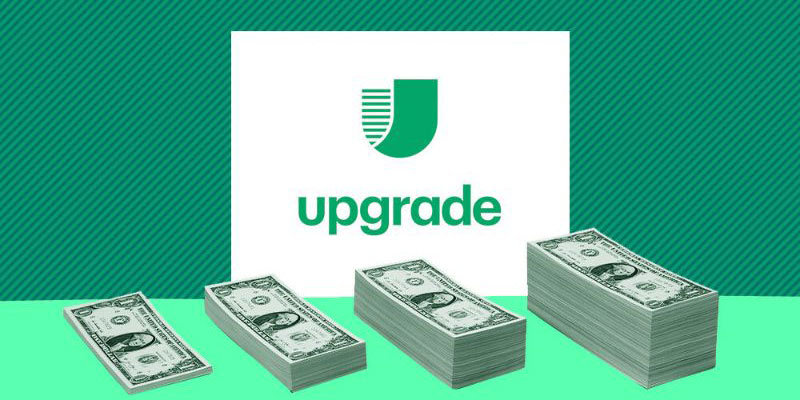Is it possible to lessen the effect of required minimum distributions (RMDs) if that's what they're called? Investors who have reached the age of 72 and either have a regular 401(k) or an individual retirement account are required to take them once per year (IRA). (The minimum age requirement had been set at 7012 for several years, but it was increased to 72 when the Setting Every Community Up for Retirement Enhancement (SECURE) Act was passed.)
Many retirees choose to put off collecting their first RMD because they believe they will be in a tax band that is lower after they have officially entered retirement. If you do take them, however, they will increase the amount of income that is subject to taxation and, as a result, the amount of income tax that you will owe for the year (unless the account in issue is a Roth IRA or 401(k) that was funded with after-tax monies).
Keep Working
However, 401(k) participants who continue working until the age of 72 and do not own 5 percent or more of the firm may defer taking dividends from their 401(k) at their present place of employment until they retire. This applies only if they do not own more than 5 percent of the company. You are required to comply with the RMD rule if you hold an IRA or a 401(k) provided by a prior employer. If you do not take a distribution, you will be subject to the excess accumulation penalty, you will be responsible for paying an additional $1,000.

Convert to a Roth IRA
Rolling over a portion of one's earnings into a Roth individual retirement account is another tactic rich investors may use to avoid drawing down mandated distributions from their accounts. A standard IRA or Roth 401(k), which needs required minimum distributions (RMDs), does not require any distributions, but a Roth IRA does. That means the money may remain in the Roth IRA for as long as you desire, allowing it to grow tax-free, or it can be bequeathed to heirs if you so choose.
It is impossible to reduce the income subject to taxation by contributing to a Roth IRA. Still, if you are above 59 1/2 and have kept the account open for at least five years, withdrawals from earnings are tax-free. However, they can discover a means to avoid paying taxes on them.
Limit Distributions in the First Year
The taxes that investors are required to pay as a consequence of withdrawing part of their retirement assets are a significant argument that may be made against RMDs. This can potentially move an individual who is retired into a higher tax rate, which results in more money being paid to the federal government. Those who are already retired and attain the age of 72 have until April 1 of the calendar year that follows their birthday to receive their first dividend. After then, they are required to complete it by December 31 every year.
Many retirees choose to put off collecting their first RMD because they believe they will be in a tax band that is lower after they have officially entered retirement. Although delaying distributions may make sense for many people, doing so will require you to take two distributions in the same year, resulting in a higher total income that will be subject to taxes by the Internal Revenue Service. This may cause you to go back into a higher tax rate, resulting in an even more significant tax event.

Donate Distributions to a Qualified Charity
Some people who save money, especially those who are rich, would rather that their money be donated to a charitable organization rather than some of it being taken by the government. Those who have an IRA traditional may give their required minimum distribution (RMD) to a charity that meets the requirements. The provision in question is referred to as the qualified charitable distribution (QCD) rule. It is not relevant to 401(k) plans (k).
In the years 2021 and 2022, you won't be required to pay taxes on the RMD if the donation is less than $100,000 and is rolled over straight from the IRA to the charitable organization. For the charity to be eligible for the tax benefit, the Internal Revenue Service (IRS) must determine that it meets certain criteria. Because you are giving to a charity that would have received a gift from your regular savings anyway, this is a smart method to reduce the amount of money you have to pay in taxes. If you do it this way, you can even feel that you can contribute more.




